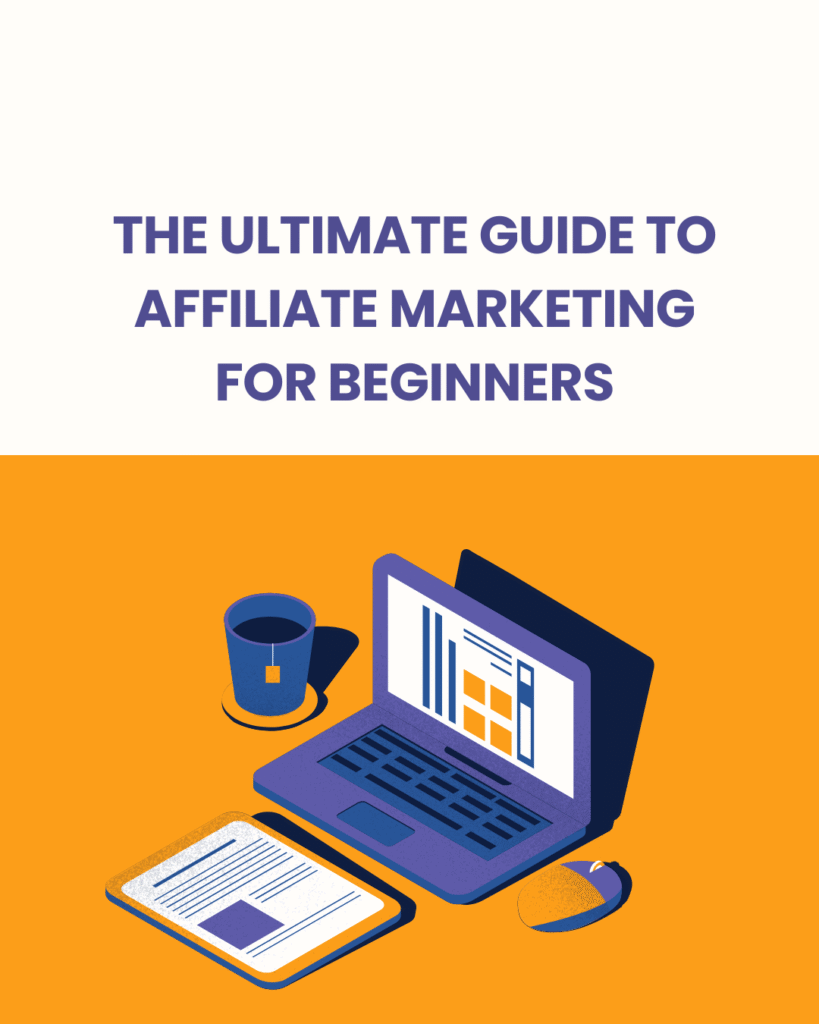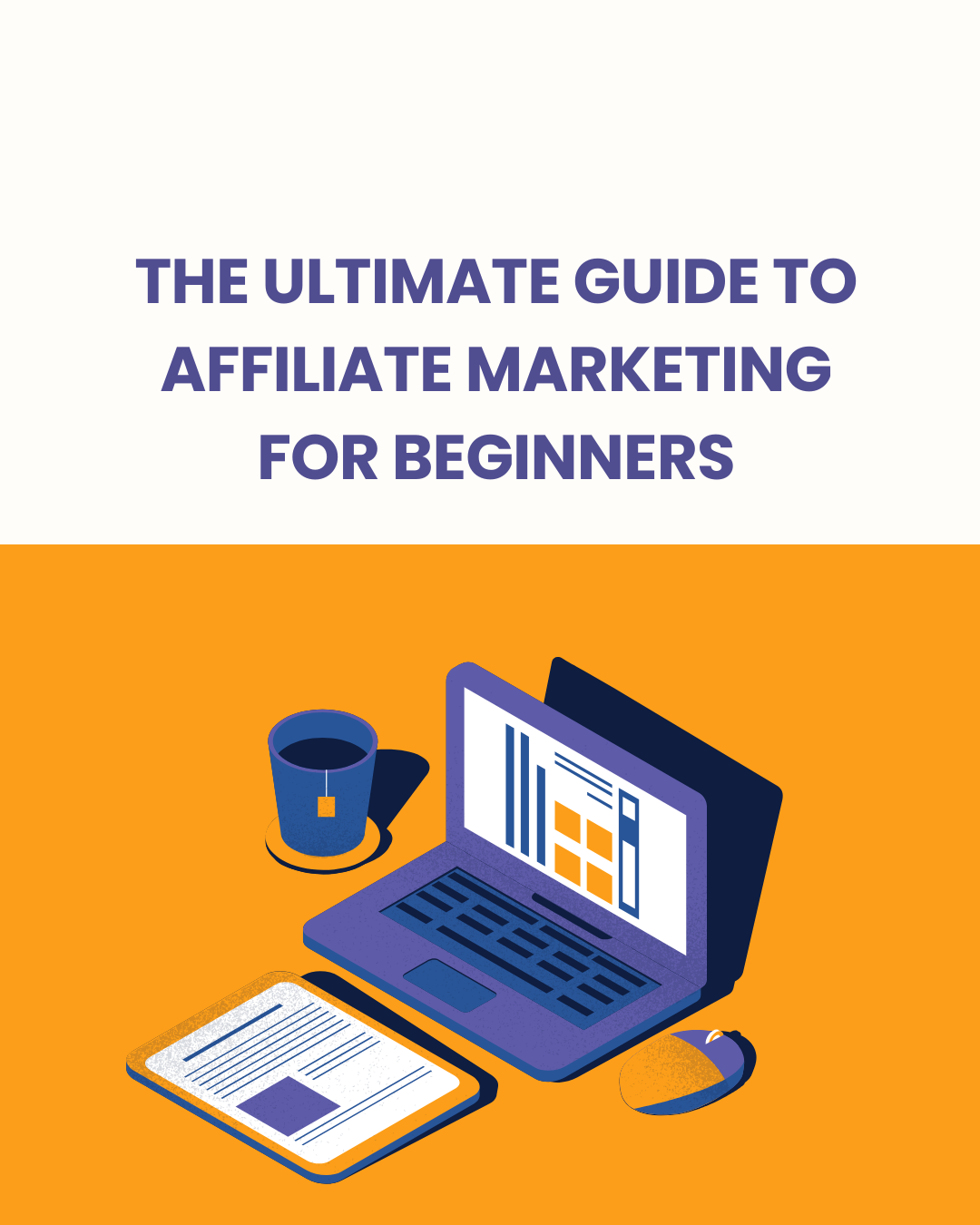The Ultimate Guide to Affiliate Marketing for Beginners
Affiliate marketing is quickly becoming one of the most popular and available methods to learn how to make money online especially among beginners who want to create a passive source of income. Affiliate marketing can be used by bloggers, YouTubers, social media influencers and anyone who loves digital marketing because it gives them a chance to earn commissions by marketing a product or service they want to recommend. This detailed tutorial will take you by the hand, introducing you to all the information that you should know, starting with the fundamentals of how an affiliate business works all the way to how to create a sustainable and scalable affiliate business online.
What Is Affiliate Marketing?
Affiliate marketing is the performance based type of marketing in which you market a product or service by using distinct referral links. You also make a commission when a person purchases something using your link. It is basically a win-win deal: businesses receive more sales without having to recruit new employees and affiliates (you) receive revenue without producing a product on your own.
In order to get a more accurate idea of how affiliate marketing operates, consider the following: you write a blog post about a particular fitness supplement. You have your affiliate link in the article. Someone reads your link, opens the page of the product and makes a purchase. You receive percentage to the sale. That is affiliate marketing at work.
The high popularity of this model has been attributed to the low barrier of entry. You do not need retail outlet, inventory or delivery systems. The only thing you require is to be online and be able to generate traffic and conversion.
This is the reason why Affiliate Marketing is the best starting point
Affiliate marketing is a field of search that many individuals who have found themselves on the internet on how to make money online would ultimately land on that specific field. It is user friendly, adaptable and scalable. You can begin with little capital investment, and it is a low risk method of trying out your entrepreneurial spirit.
The benefits are also one of the main features since you do not have to develop a product, customer service, or returns. You are only interested in marketing and promoting targeted traffic to affiliate offers. This will enable you to work anywhere and develop a side income that can eventually become a full time business.
In addition, affiliate marketing will equip you with essential digital marketing skills like SEO, content creation, email marketing, and analytics, which are very transferable and skills that are in demand. Although affiliate marketing may not be your ultimate aim, it is a great place to start in the wider context of online entrepreneurship.
Understanding Key Affiliate Marketing Terminology
It is important to get familiar with some simple terms before getting down into the nitty gritty of affiliate marketing strategies. Awareness of these terms will help to make it easier to navigate affiliate dashboards, read tutorials, and interact effectively in affiliate communities.
Affiliate (or Publisher): That is you–the one who advertises the product.
Merchant (or Advertiser): This is the company or a person who owns the product or service.
Affiliate Link: A tracking URL, which refers to you as the referrer.
Commission: This is the amount of money you will receive with every successful sale or action.
Cookie Duration: This is the duration your affiliate link will stay active once user clicks it.
Conversion Rate: The rate at which users follow through with an intended action (e.g. purchasing) after clicking your link.
Affiliate Network: An outsourced service that links affiliates and merchants (e.g., ShareASale, CJ Affiliate, ClickBank).
Getting acquainted with these terms will help you keep track of performance, maximize strategies, and expand your affiliate activity in the long-term.
Choosing a Profitable Niche
The correct selection of a niche is one of the initial and the most significant in affiliate marketing. Your niche will dictate your audience, the kind of products you will be selling and the competitiveness of your affiliate strategy. Ideally, your niche must have a balance on personal interest, demand and profitability.
Ask yourself the following few questions:
What am I enthusiastic or conversant about?
Does this niche have a stable demand?
Do you have affiliate products or services I can market?
What is the competition like?
Affiliate marketing can be popularized in such niches as health and fitness, personal finance, digital marketing, beauty, tech gadgets, parenting, and self-improvement. To succeed, though, it is not about picking the most popular niche, but rather about finding a sub-niche where you can bring a real value and create trust with a certain audience.
As an example, rather than going after a general term like fitness, you may go after something like at-home workouts for busy moms. This narrower market positioning provides you with a more accurate audience as well as reduced competition.
Identifying the Right Affiliate Programs
After identifying your niche, the next step is to identify affiliate programs that would fit within your topic and the audience. The affiliate programs available are thousands and selecting the appropriate associate program can have a great bearing on your income and future prosperity.
Affiliate programs are of two types:
In-house programs: These are programs that are operated by firms. They are Amazon associates, Shopify, Bluehost and Canva.
Affiliate networks: This is like an intermediary, where one can access several programs under a single location. Some of them are CJ Affiliate, Rakuten, ShareASale and Impact.

In considering an affiliate the following should be considered:
Commission arrangement: Is it a single payment or is it a recurring payment?
Cookie length: The longer the cookie length, the higher your chances of earning commission.
Payout terms: How and when are you going to get paid?
Relevance of the product: Is the product useful and reliable?
Marketing material: Does it offer banners, copy or tracking material?
Amazon Associates is usually recommended to beginners, as it is easy to enter and the range of products is enormous. Nonetheless, its commissions are quite low and, therefore, it is better to be used as a complement to higher paying programs.
Setting Up Your Affiliate Platform
In order to be successful in affiliate marketing, you require a platform a place to post content and find an audience. These might be a blog, YouTube channel, social media profile or email newsletter. The most economical and scalable one is to build your own site or blog.
The following is the procedure to install your affiliate web site:
Select a domain name: Select a memorable domain name, one that is relevant to your niche, and is easy to spell.
Get web hosting: Find trustworthy web hosting companies such as Bluehost, SiteGround, or Hostinger.
Install WordPress: It is the most popular and flexible affiliate market CMS.
Select a theme: Select a clean and responsive theme, which can be used on mobile.
Add necessary extensions: Add SEO extensions (such as Yoast or Rank Math), optimization, and affiliate link cloakers (such as Pretty Links).
Establish core pages: This will include your home page, about page, contact page, privacy policy, and affiliate disclosure.
By owning your own site you have complete control of your content, branding and monetization. It also creates credibility and this is important in affiliate conversions.
Production Valuable, Conversion-Oriented Content
The core of affiliate marketing is the content. Your affiliate links will not convert without quality and useful content. The most important thing is to produce the content that resolves the issues, answers questions or guides people with making the choice.
The most popular affiliate content types are:
Product reviews: Real reviews of products which you have used.
Comparison posts: Assist users with the choice between one or two or more products (e.g., “Grammarly vs. ProWritingAid”).
Best-of lists: Compile a list of the best tools or services in your category (e.g., 10 best meal delivery services to vegans).
How-to tutorials: Educate users on how to use a tool or product to figure out the solution to a problem.
Tutorials: Demos on how to use a product
Resource pages: List of your favorite tools and recommendations, compiled.
In content creation, emphasize on authenticity and purpose of the user. Do not push a product in the name of making commission- recommend what really works to your audience. Enhance engagement with clear calls of action (CTAs), visual information, and internal links so that the readers are better placed to take action.


